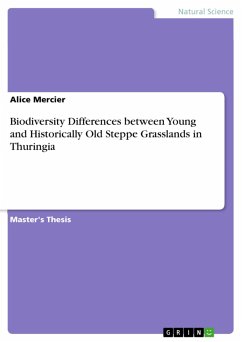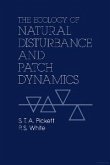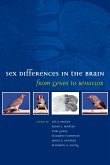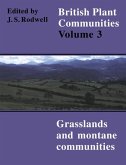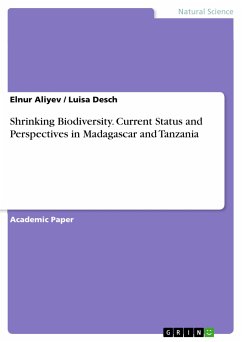Master's Thesis from the year 2012 in the subject Biology - Miscellaneous, grade: 1,3, University of Göttingen, language: English, abstract: Generally there are only few studies that focus on the interrelation of species composition, habitat properties and indicator species of young and old grasslands , and the few existing oftentimes have contradictory findings. This is surprising, as decision-makers are oftentimes forced to concentrate efforts on areas of highest conservation value due to financial restrictions. In this study, we assumed that habitat age and land-use history have verifiable effects on the present vegetation community. We analyzed a total of 14 study sites at the southern slopes of the Kyffhäuser Mountains, at the northern border of the federal state of Thuringia, Germany. The area is renowned for its richness in fauna and especially flora, constituting the western-most outpost of Eurasian steppic grasslands. The study area was analyzed with the help of historical maps, post-war aerial survey photographs and presentstate orthophotographs. For each study site 12 relevés, 6 on historically old and 6 on relatively young grasslands on former arable land were conducted. A total of 88 environmental variables ranging from Ellenberg Indicator Values, orographic and edaphic conditions, soil contents and properties, to species inherent traits, were tested for their power to explain the observed occurrence and abundance patterns. Results clearly show that land use history and habitat age has a significant effect on species composition. Concordantly, an Indicator species analysis identified 28 indicator species for old and 21 for young calcareous grasslands. Most significant differences between the two groups were the Ellenberg Indicator Values for moisture and nutrients for the occurring species, which were much higher for young sample sites. Accordingly, there was a higher proportion of ruderalists on grasslands of younger age, while old patches were dominated by stress-strategists. In total, strong relationships could be found for 17 of the tested variables. While a-diversity was only slightly higher for old sites, occurrence of threatened species was more than doubled. We conclude that the identification of historic calcareous grassland patches is desirable and, where absolutely necessary, old sites should take precedence in management efforts over sites of younger origin. However, considering recent findings in literature, ideally a mosaic of different successional stages should be aspired for, as it can harbor the widest range of plant species and associated invertebrates.
Dieser Download kann aus rechtlichen Gründen nur mit Rechnungsadresse in A, B, BG, CY, CZ, D, DK, EW, E, FIN, F, GR, HR, H, IRL, I, LT, L, LR, M, NL, PL, P, R, S, SLO, SK ausgeliefert werden.

